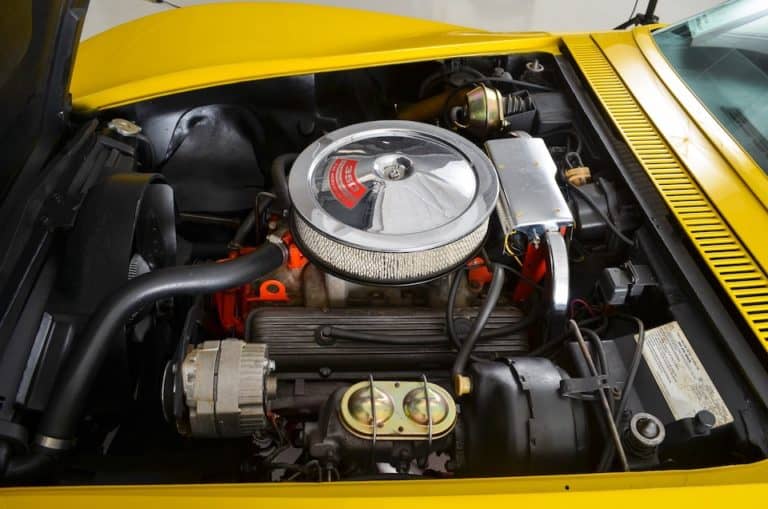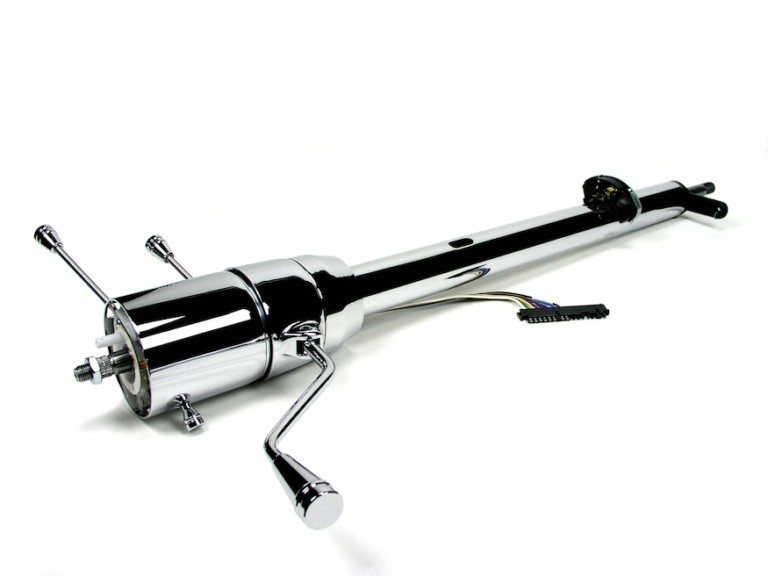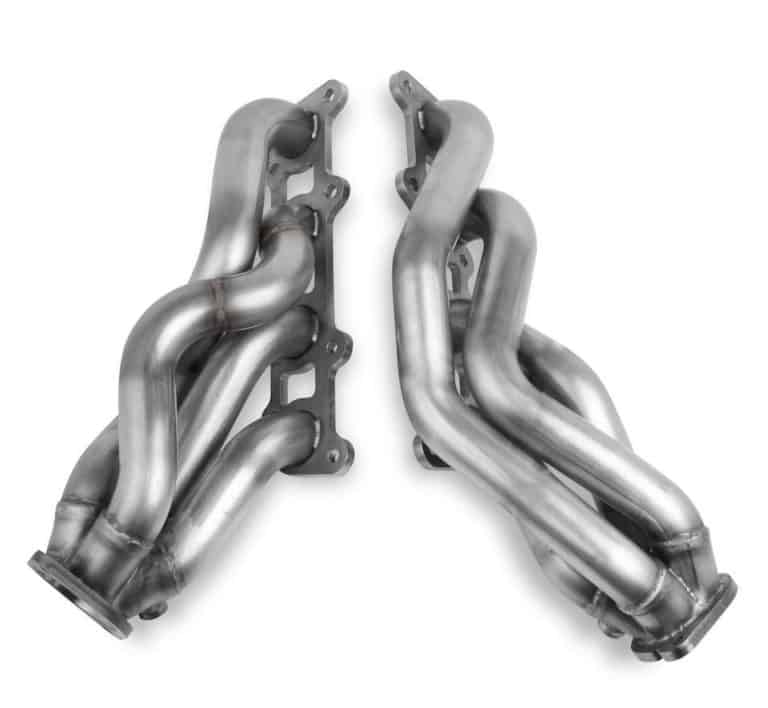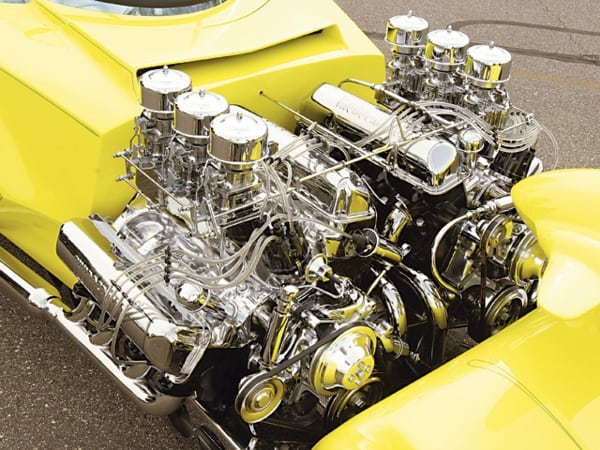Clunking, Knocking, Humming: Understanding Differential Noises
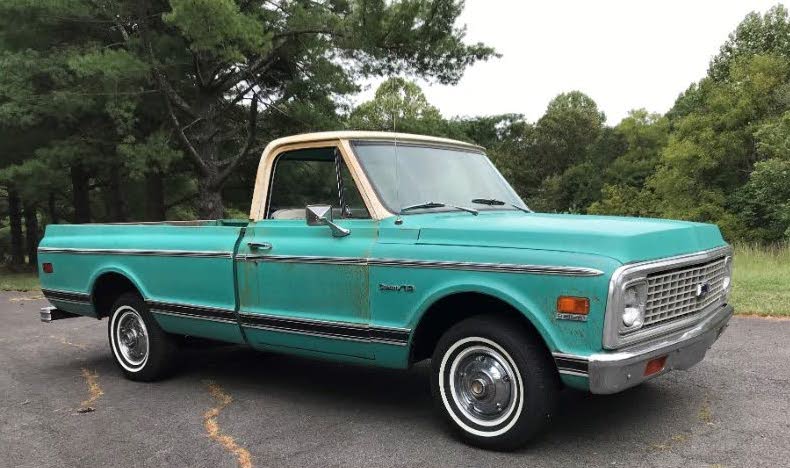
If the rear end in your truck is making an unwanted sound, understanding what causes it should be the first step in the diagnosis. The gears and bearings in the rear ends of your truck will make different noises for different problems. If we know what these noises mean it can save you from a costly repair down the road.
What are the noises a differential makes?
- Humming noise – incorrectly installed gears
- Noise on acceleration/deceleration – backlash set incorrectly
- Knocking noise – worn splines
- Noise when turning – bad axle bearing
- Clicking – worn axle shaft
- Whining – worn gears
- Loud clunk – broken gear
The noises coming from the differentials in your truck are warnings of possible major repairs. Read along as we learn what each of these different noises mean.
Vehicles make a lot of different sounds. While most are normal while the vehicle is in motion, there are times when a noise coming from under the truck can be a serious matter.
What Is A Differential?
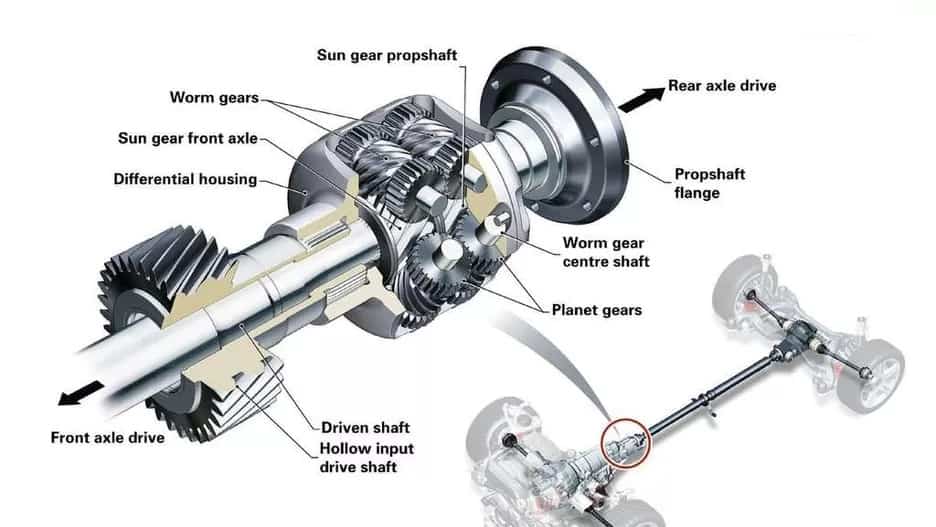
Simply put, a differential is a system that transmits an engine’s torque to the wheels. It is the integral device on a truck that allows the rear wheels to turn at different speeds. When your truck goes around a corner the outside wheel must turn faster than the inside wheel.
The job of the differential is to distribute equal amounts of torque to both wheels while still allowing them to turn at different speeds. This makes the wheel with less resistance rotate faster.
What Do Differential Noises Mean?
Here is a list of noises that you may hear coming from the back of your truck, and some ideas on what they may mean.
- A “whirring” noise: A whirring noise while decelerating at different speeds can be caused by the pinion bearings being bad, or a loose pinion bearing preload. This is usually diagnosed as a bad ring and pinion gear.
- Rumbling or whining: Whirring or rumbling sounds at speeds greater than 20 mph is probably caused by worn carrier bearings. The sound may change when cornering.
- Banging, clicking or clunking” while cornering: These noises may be caused by broken spider gears, lack of lubrication or the clutches in the positraction being worn.
- Vibration noises: If you have a vibration that increases with the vehicles speed you could have an out of balance driveshaft or a bad u-joint.
- Clunking or clicking” when starting to move: If you get one or both of these noises when getting on or off of the gas pedal it could be loose yolks, worn transfer case or bad u-joints.
- Howl or whine: These noises when accompanied with acceleration over a large or small speed range are symptoms of worn ring and pinion gears, or the gears are set up improperly.
- Clunking or clicking: If your hearing clunking or loud clicking every few feet that may be an indication of a broken ring or pinion gear tooth.
- Rumble while turning: A rumble while turning or cornering is an indication of bad wheel bearings.
- Humming noise: This could mean the gears are not shimmed or installed correctly.
- Noise on acceleration/deceleration: Backlash set incorrectly.
- Clicking: Worn axle shaft.
What Are The Types Of Differentials?
- The open differential: The open differential is the type most commonly used by all automobile manufacturers. They are used in vans, economy cars, family cars, minivans, pickup trucks and in both front and rear wheel drive autos. The open differential evenly divides the engine torque between the two wheels being driven.
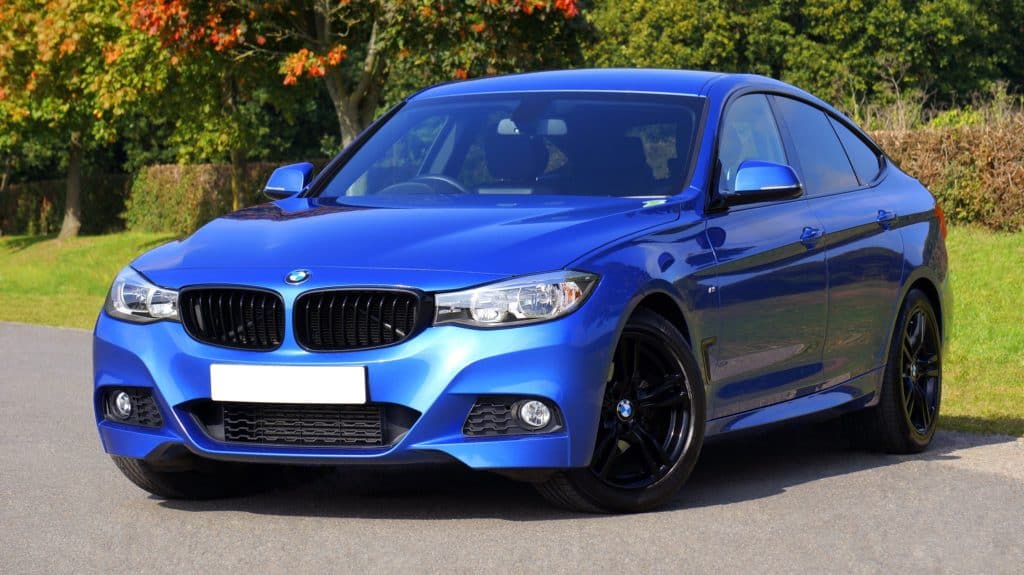
- Limited slip differential: The limited slip differential gives you the best of both the locking and open differential. When your wheels begin to slip the limited slip locks up either by viscous oil or more commonly with clutch packs activated by spring pressure. When someone says they have a “posi trac” rear end it is the name General Motors gave the the limited slip differential.
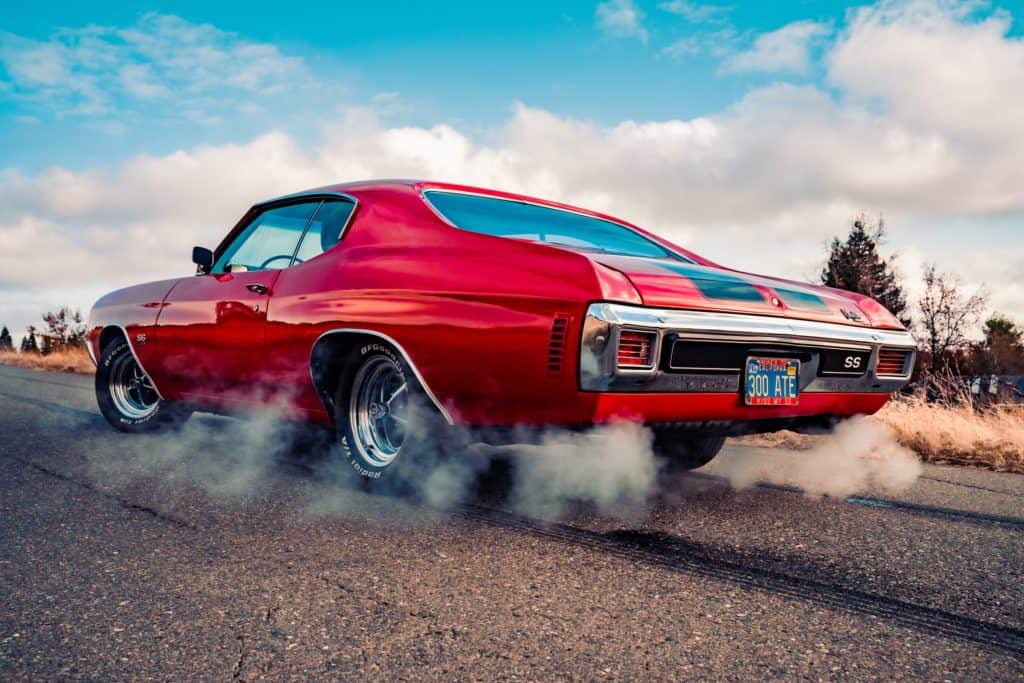
- The locking differential: Referred to as lockers, these differentials split the engine torque equally between both rear or front wheels and are driven at the same speed whether or not the wheel has traction. To be immobilized both wheels would have to be stuck in snow or mud. When unlocked it is the same as a open differential. You can identify trucks with lockers as there is a lock knob in the center of the hub.
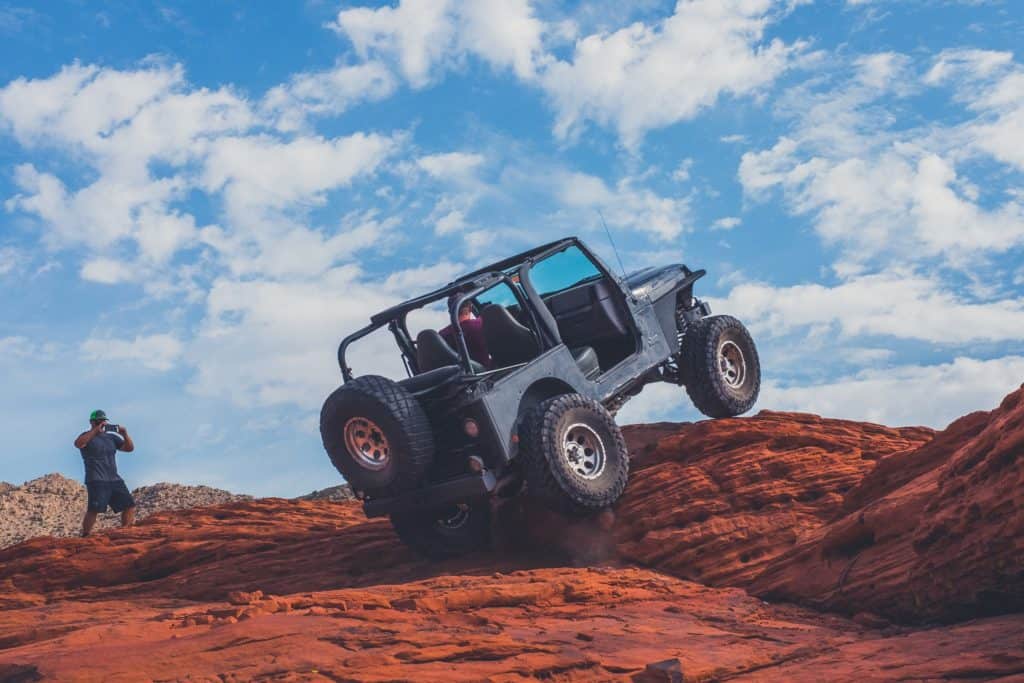
How Much Does It Cost to Repair a Differential?
| Type Of Repair | Average Cost |
| Oil seal leak | $325 |
| Readjust backlash | $400 |
| New axle bearings | $400 to $600 |
| Fluid change | $100 to $160 |
| New gear set | $1500 to $2000 |
| Install used differential complete | $1500 to $2000 |
| Install new differential complete | $3500 to $5000 |
Caring For Your Differential
One of the most overlooked tasks of maintaining our trucks is regularly servicing and care of the differential. The differential is under and at the back of our trucks so it just doesn’t get the fanfare of the engines or transmissions.
The gears and bearings in the differential will not last long if the lubrication fails. The lubricant should only need changed every 30,000 to 50,000 miles, but be sure and check your owner’s manual.
The differential has metal-to-metal contact which causes heat, so the surfaces wear down, and leave metal particles in the oil. Changing or checking the differential oil in our trucks is a really easy job to do and shouldn’t be overlooked.
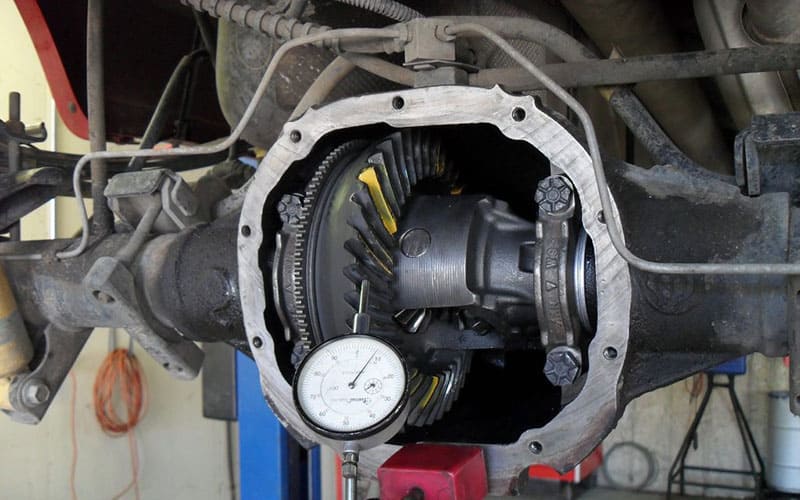
Final Thoughts
If you recognize any of these noises coming out of the back of your truck you may want to diagnose what is going on before it hits you pretty hard in the wallet. Servicing the rear end on our pickups in our garage is another do it yourself project that is a money saver and could save you from a costly repair in the future. Happy Trucking!
The Tool Box
Here are a couple of cool tools for servicing your truck:
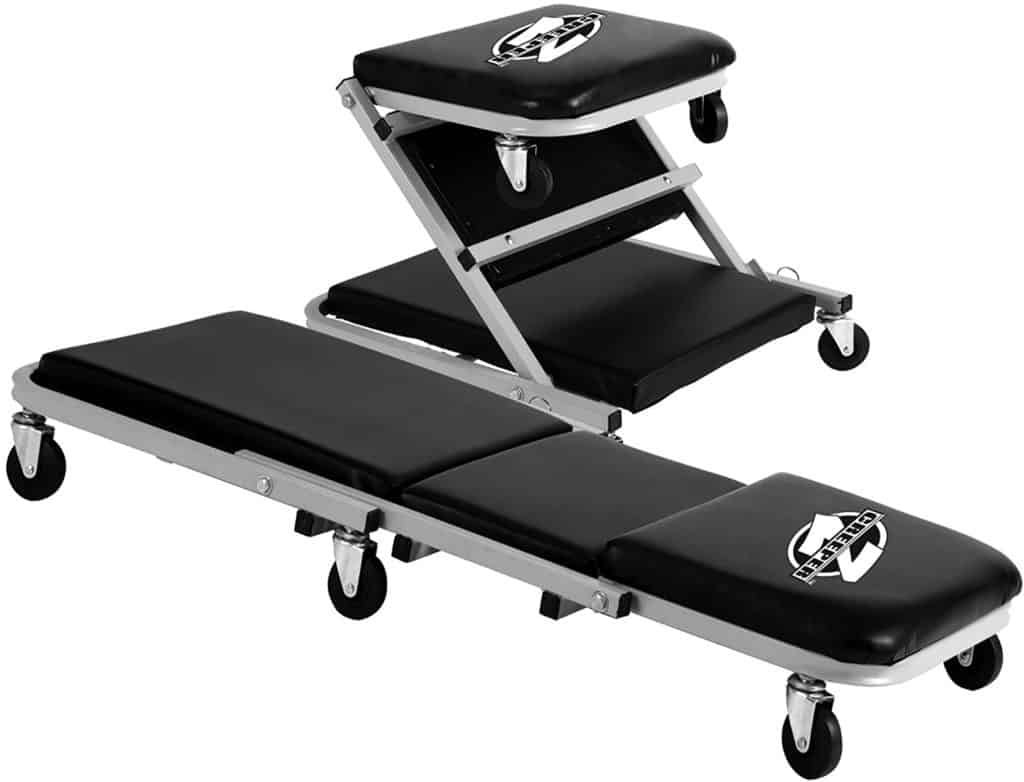
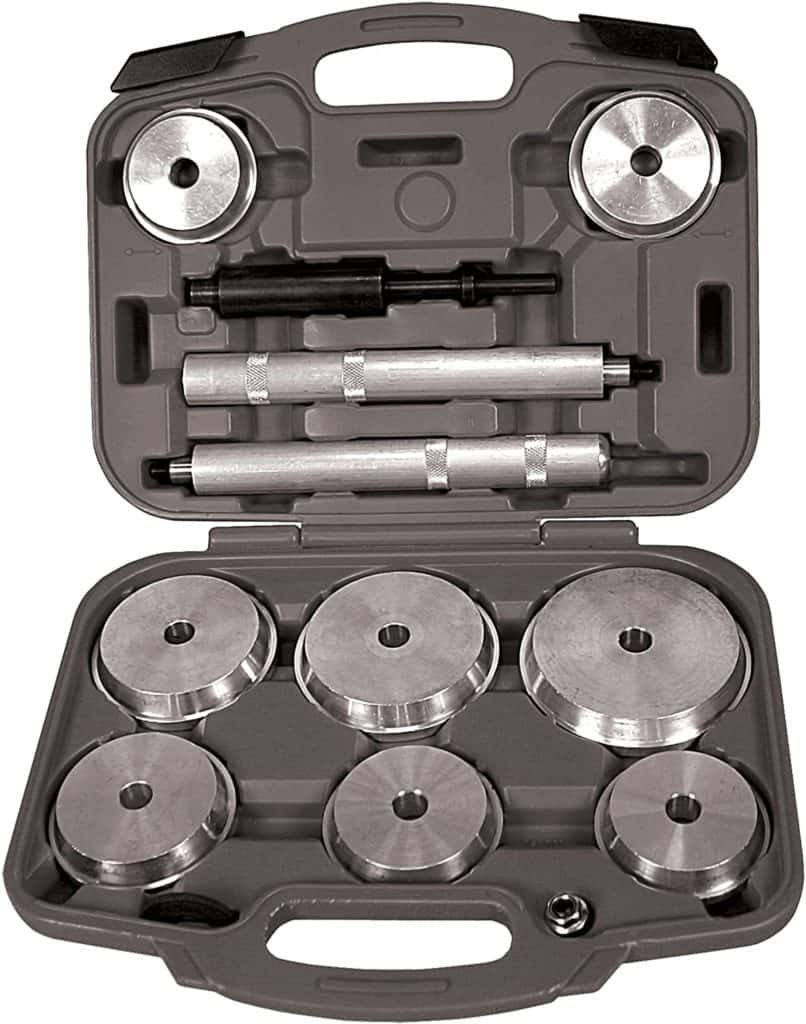
Here is a posi traction unit for a 12 bolt Chevy rear end.
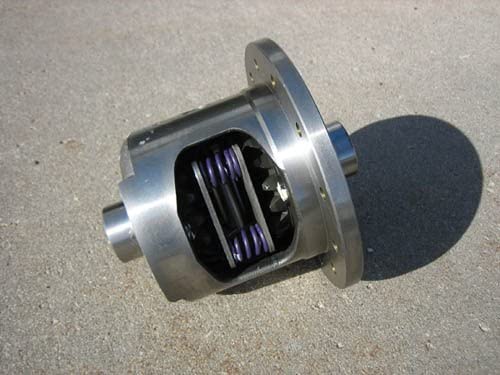
Related Topics
How much does it cost to change a wheel bearing? You will pay about $400, on average, for front or rear wheel bearing replacement. The labor will be anywhere from $140-$180, while parts may cost as little as $200 or as much as $400. The difference in prices is due to the cost of parts for more expensive cars as well as the various fees that individual mechanics charge.
Can you replace just one wheel bearing? If there’s no noise or play in both wheel bearings, there’s no need to replace the good one. Both have the same number of miles so both have nearly the same wear but some wear out faster than others. Bearings are not replaced as preventative maintenance, they are a repair item so you can fix them as they wear out.
Sources: Schiemann, L. F., A. R. Ross, and R. Graham. Impact of Vehicle Changes Upon Gear Lubricant Requirements. 1983. Yu, David., and N. Beachley. “On the mechanical efficiency of differential gearing.” 1985
